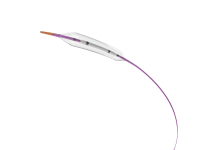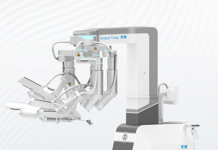Synergy Spine Solutions has closed a Series A funding round worth $30m, which will be used to advance its artificial cervical disc Synergy Disc through clinical trials and regulatory clearings.
The funding, spearheaded by Amzak Health alongside other investors, is earmarked for key initiatives such as the completion of enrolment in the IDE 2-level clinical trial, and patient follow-up on both the 1-level (NCT04469231) and 2-level (NCT05740176) clinical trials. Amzak completed enrolment for the 1-level trial in June 2023.
Related: VenomAid Diagnostics Extends Seed Round to $1.8M
The orthopaedic medtech company says it is planning a pre-market approval application to the FDA.
The multi-centre, non-randomised two-level clinical trial targets 200 individuals with symptomatic degenerative disc disease, a painful condition where spine discs deteriorate – evaluating the safety and efficacy of Synergy Disc compared to traditional treatment methods such as anterior cervical discectomy and fusion (ACDF).
Synergy Disc is an artificial cervical disc, a medical device designed to replace damaged or degenerated discs in the neck – vertebral levels C1 to C7. Degenerated discs can result from ageing, repetitive stress on the spine, obesity, and several other factors. The 2-level clinical trial targets patients who are symptomatic at two contiguous vertebral levels from C3 to C7.
In the announcement accompanying the funding round, Synergy Spine Solutions CEO Josh Butters said: “We remain focused on completing the 2-level study and to bringing the Synergy Disc to the US market, as it represents an important treatment option for patients suffering from degenerative disc disease and was specifically designed to restore both motion and alignment to the cervical spine.”
Synergy also announced that Joyce Erony from Amzak Health has joined its board of directors.
In September 2023, the FDA granted ReGelTec an investigational device exemption (IDE) for the company’s HYDRAFIL system – a disc-mimicking hydrogel injecting system for patients with degenerative disc disease. The device works by injecting a polymer into a diseased disc and cooling it down to form an integrated solid, mimicking the biomechanical properties of a natural disc.






